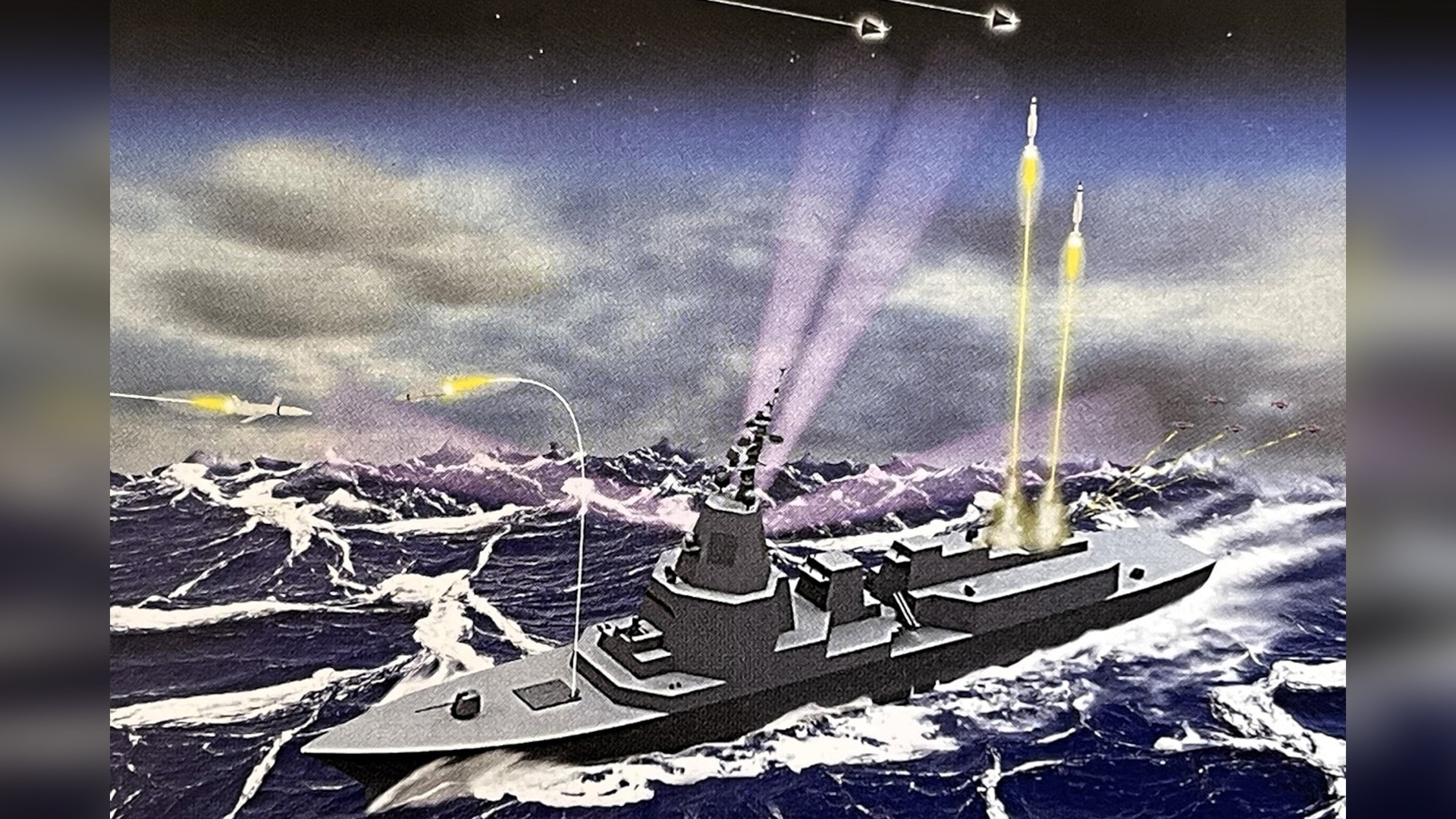The new AN/SPY-7(V)1 radar for Japan’s future pair of Aegis System Equipped Vessels, or ASEVs, recently demonstrated its ability to track targets outside the Earth’s atmosphere for the first time. This is a critical capability for the ASEVs, which will be armed in part with SM-3 anti-missile interceptors designed to destroy upper-tier ballistic missiles as they fly through space during the mid-course portion of their flight. The cruiser-like ASEVs will be more than just missile defense platforms and Japanese personnel just recently began training on the Tomahawk cruise missile, another component of their diverse arsenal that will give the country all-new long-range strike capabilities.
The U.S. Missile Defense Agency (MDA) announced the successful AN/SPY-7(V)1 test earlier today, but the actual event took place on March 28. The radar used in question was installed on the ground at manufacturer Lockheed Martin’s Production Test Center in Moorestown, New Jersey. Representatives from the Japan Maritime Self-Defense Force (JMSDF) and a U.S. Navy Aegis Technical Representative were also present, according to MDA. The two 12,000-ton displacement ASEVs, which are set to be Japan’s largest surface combatants since World War II, are expected to enter service in 2028 and 2029, respectively. Each one is expected to cost around $2.7 billion.

“During the tracking event, … the SPY-7 radar tactical hardware and software detected and tracked objects in space, and then passed data to the AWS [Aegis Weapon System] for further processing,” per MDA’s release. What these “objects” were is unclear.
The AN/SPY-7(V)1 is a scaled-down derivative of the U.S. AN/SPY-7 Long Range Discrimination Radar (LRDR), a ground-based early-warning radar installed at Clear Space Force Station in Alaska. The U.S. military and Congress have gone back and forth over the years about plans to install another LRDR-derived radar in Hawaii. The LRDR is a gallium nitride (GaN) based active electronically scanned array design. The use of GaN, which is becoming more and more common in advanced military radars, helps provide increased efficiency and reliability.
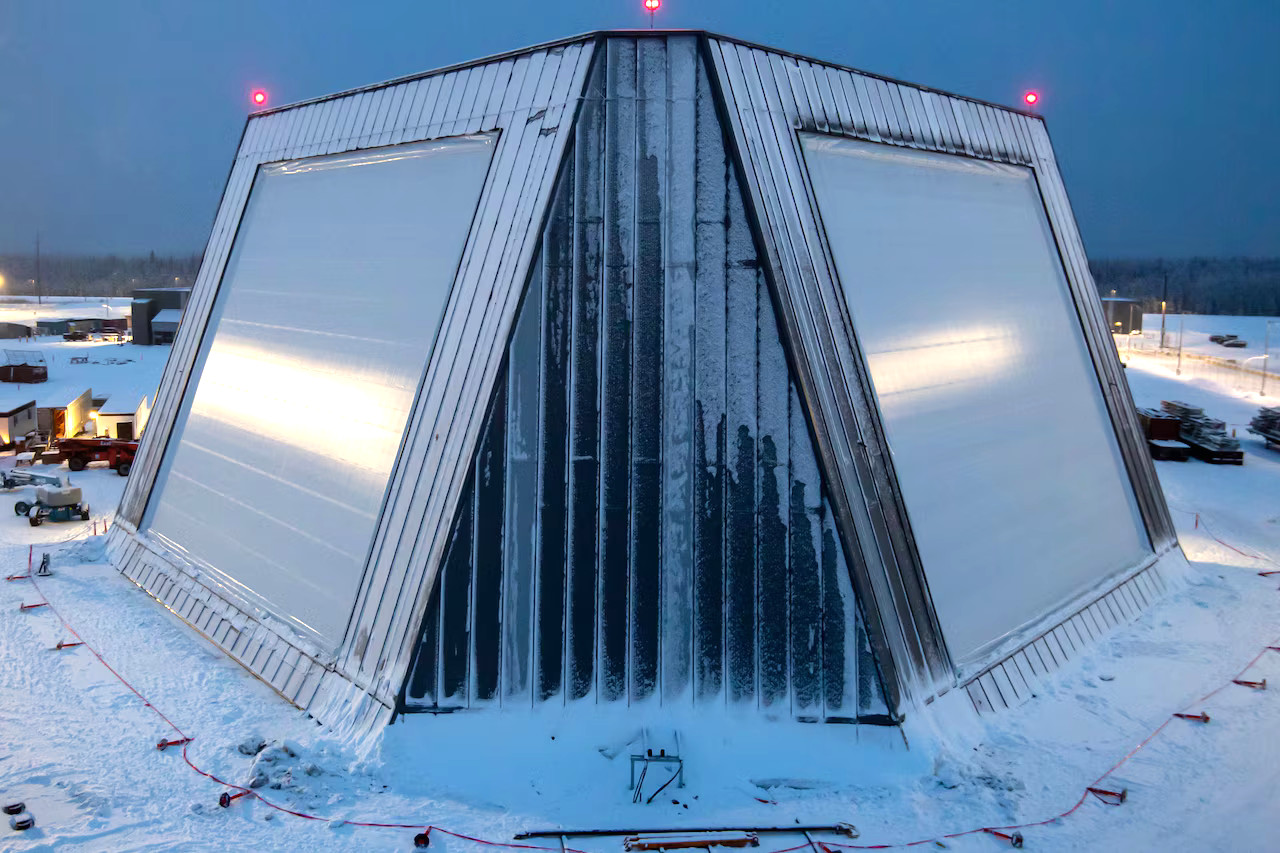
Both the LRDR and AN/SPY-7(V)1 are modular designs made up of smaller Solid State Radar (SSR) “building blocks” – thousands in the case of the LRDR – that each contain GaN components supplied by Fujitsu in Japan. Raytheon’s AN/SPY-6-series is broadly similar in concept, as you can read more about here.
In general, a radar with a modular configuration offers a variety of advantages, including increased flexibility and resiliency. The individual components are essentially their own radars. These can then be tasked to perform various functions, either independently or together with other elements of the array, and the loss of a single block for any reason does not prevent the rest of the array from functioning.
Based on renderings the Japanese Ministry of Defense has shown to date, as seen below, the AN/SPY-7(V)1 installed on the ASEVs will include four fixed-face antenna arrays with an unknown number of SSRs positioned around a large superstructure high-atop the bridge.
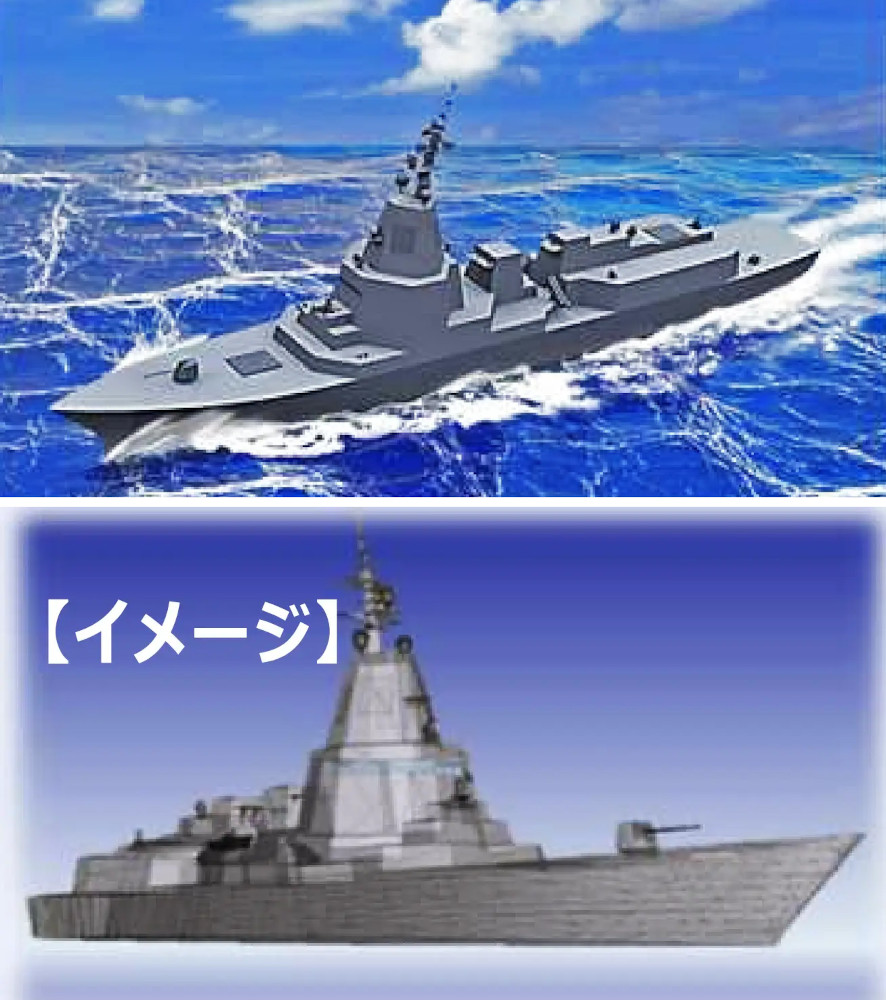
Authorities in Japan have previously indicated that the selection of this radar for the ASEVs could impact separate plans to upgrade the radars on its Kongo class destroyers. The main radar currently installed on the Kongos is a variant of the AN/SPY-1, the first radar developed to go with the Aegis Combat System. You can learn more about Aegis, which will be another central component of the ASEV design, and its continued evolution in this past War Zone feature.

The AN/SPY-7(V)1, especially its ability to track targets in space, is essential for the ASEV’s ballistic missile defense mission. The ships will have 128 Vertical Launch System (VLS) cells that will be loaded in part with variants of the SM-3 interceptors capable of engaging targets outside of the Earth’s atmosphere. The SM-3 Block IIA variant, the most advanced version in production now, is capable of engaging intercontinental ballistic missiles (ICBM), as well as other upper-tier ballistic missile types, in the mid-course segments of their flights. SM-3 also has a demonstrated anti-satellite capability.
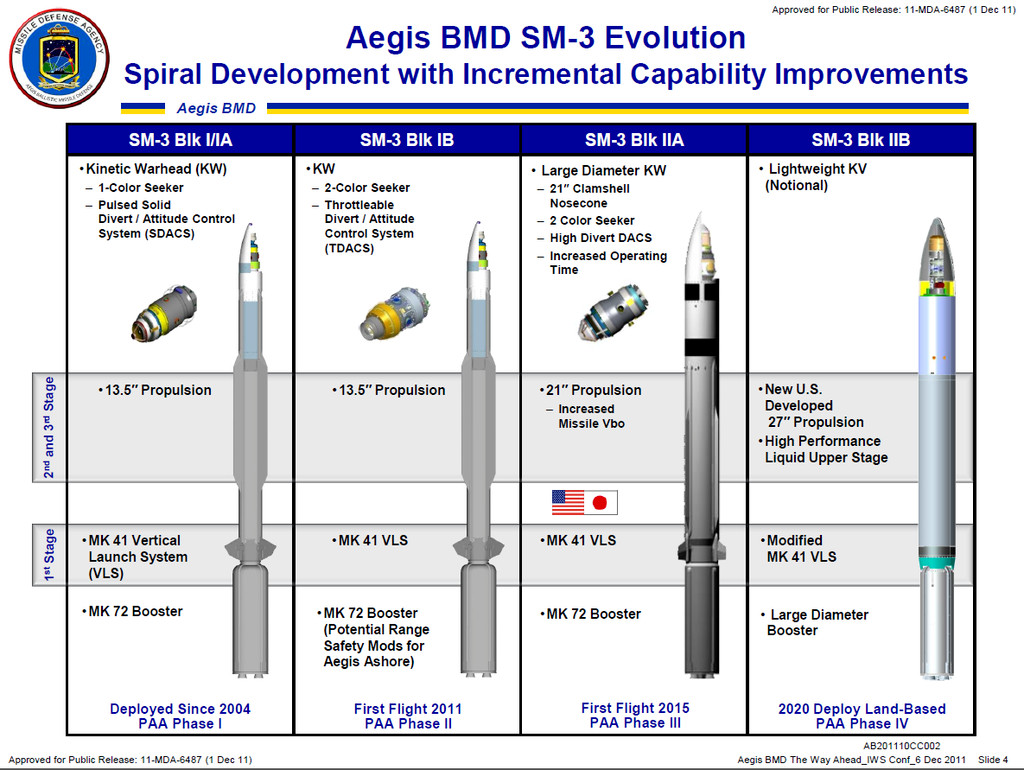
Some of the VLS cells on the ASEVs will also be loaded with SM-6-series missiles, which are capable of engaging a variety of other air and missile defense threats, including novel hypersonic weapons in the terminal stages of their flights. SM-6 is a multi-purpose weapon that can also be employed against targets on the surface. The need for warships to have more localized ballistic missile defense capacity, in particular, has come to the fore in recent months as a result of Iranian-backed Houthi militants in Yemen now regularly using anti-ship ballistic missiles as part of the campaign against foreign warships and commercial vessels in and around the Red Sea.
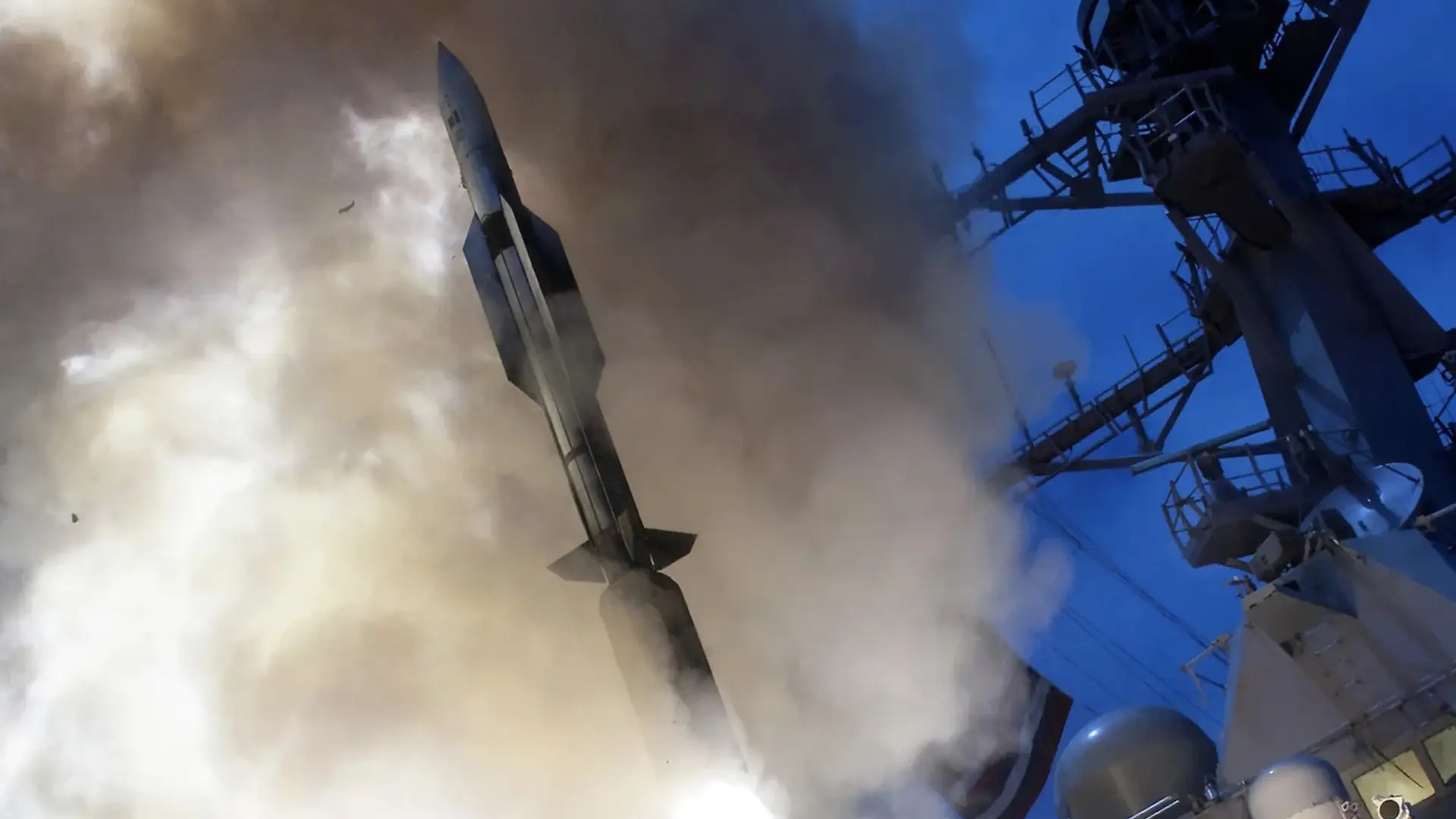
Though originally envisioned exclusively as ballistic missile defense platforms to fill a gap left by Japan’s cancelation of plans to build Aegis Ashore sites within the country, the ASEVs have now evolved into more multi-purpose ships. In addition to the surface-to-surface strike capabilities the SM-6 offers, these vessels will be able to carry U.S.-made Tomahawk cruise missiles and Type 12 anti-ship cruise missiles. A turret with a five-inch gun will be installed on the bow, too.
There are also plans to install high-energy laser-directed energy weapons, primarily for use against aerial drones, on the ships after they initially enter service. The threat posed by uncrewed aerial systems to ships, as well as targets on land, which is real now, has only become more visible in recent years due to the war in Ukraine and the Houthi anti-ship campaign. Just yesterday, Iranian-backed militias in Iraq launched a long-range drone attack that appeared to target an Israeli warship as it sat in port, which you can read more about here. The War Zone has been calling attention to this reality for years now.
Altogether, you can read more about what is known about Japan’s future ASEVs and their planned capabilities here.
The introduction of Tomahawk will be particularly significant for the JMSDF and those missiles are set to be integrated onto its Kongo, Atago, and Maya class destroyers, as well as the ASEVs. In January, Japanese authorities signed a Letter of Offer and Acceptance (LOA) to advance their planned purchase of approximately 400 Tomahawks, a mix of Block IV and Block V types, through the U.S. Foreign Military Sales (FMS) program. Japan Defense Minister Minoru Kihara announced just last week that an initial cadre of Japanese personnel had begun training on the Tomahawk weapon system with the help of the U.S. Navy.
The current expectation is that Japan will take delivery of its Tomahawks between the 2025 and 2027 Fiscal Years. This is an accelerated timeline that the Japanese Ministry of Defense has said is being driven by a host of regional and global security considerations, including growing threats posed by North Korea and increasing Chinese-Russian military cooperation. With this in mind, it is worth noting that a Chinese WZ-7 drone recently flew its first known sortie over the Sea of Japan. That drone looked to have passed through North Korean or Russian airspace to get there and back, as you can read more about here.
Tomahawks, variants of which are capable of engaging targets on land and at sea, will give Japan a long-range strike capability unlike any they have had before. With these missiles, ASEVs and other Japanese warships will be able to prosecute targets 1,000 miles or more in any direction. This will, in turn, allow them to hold entire new categories of targets at potential risk, including ones inside North Korea, China, and Russia. Authorities in Tokyo see this as essential to supporting the country’s stand-off defense strategy, which is ostensibly focused on the ability to “disrupt and defeat the forces invading Japan early and from far away.”
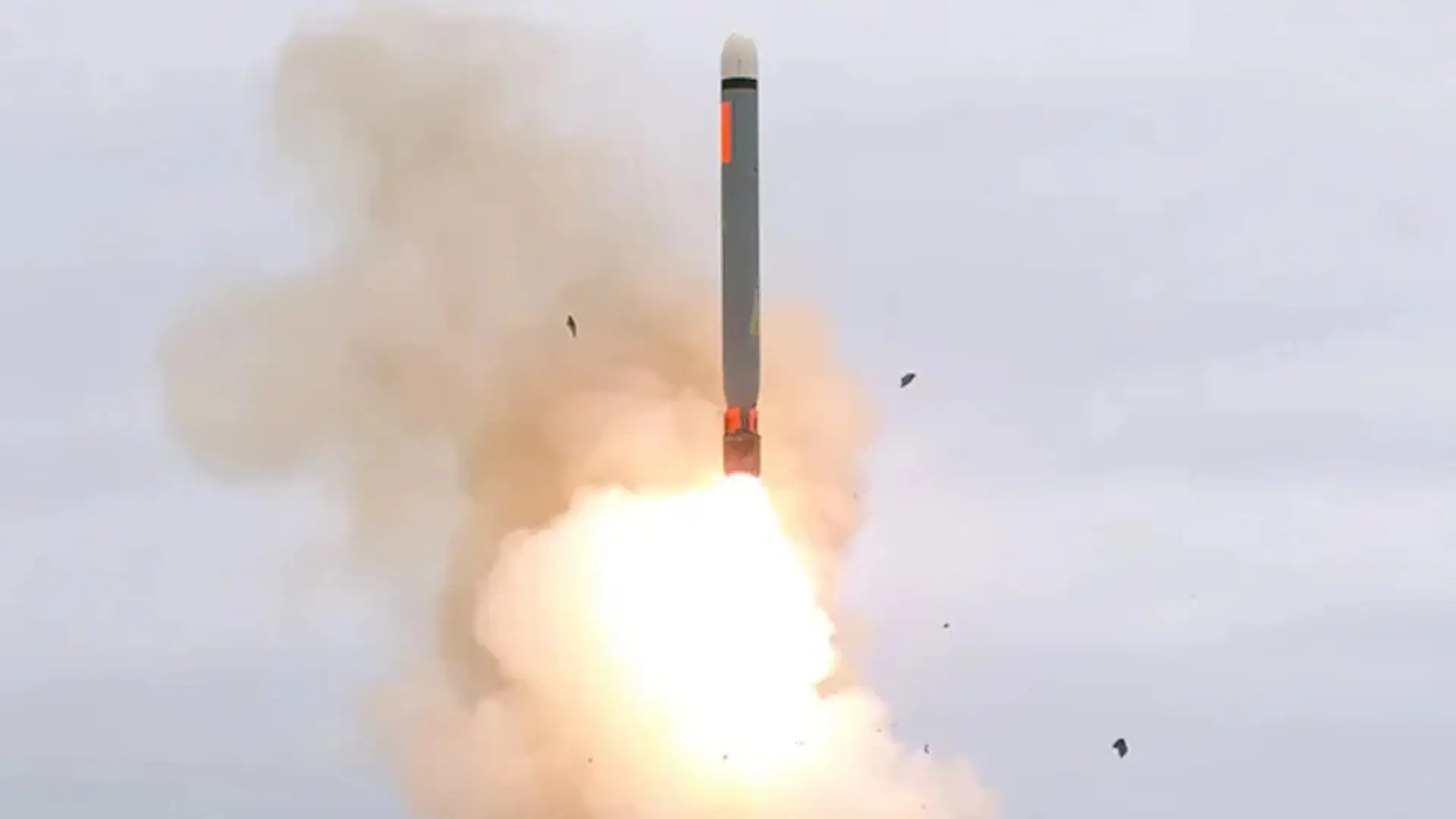
Deployed primarily to shield Japan’s home islands from incoming threats, the ASEVs will help reduce the demand for the JMSDF’s other Aegis-equipped ships to conduct ballistic missile defense missions, helping to free them up for other tasks. Having two ASEVs should help enable the Japanese to keep at least one of these ships on station regularly.
Thanks in large part to Aegis, the ASEVs will also be able to feed sensor data into Japan’s larger integrated air and missile networks and, by extension, those of the United States. As such, the acquistion of these two ships in the future will be a major boon for both countries in terms of missile defense coverage, in addition to giving Japan significant new stand-off strike capabilities.
No matter what, Japan’s future pair of ASEVs, with their highly capable radars and a diverse array of weapons including Tomahawk cruise missiles, look set to provide critical missile defense and long-range strike by the end of the decade.
Contact the author: joe@twz.com
